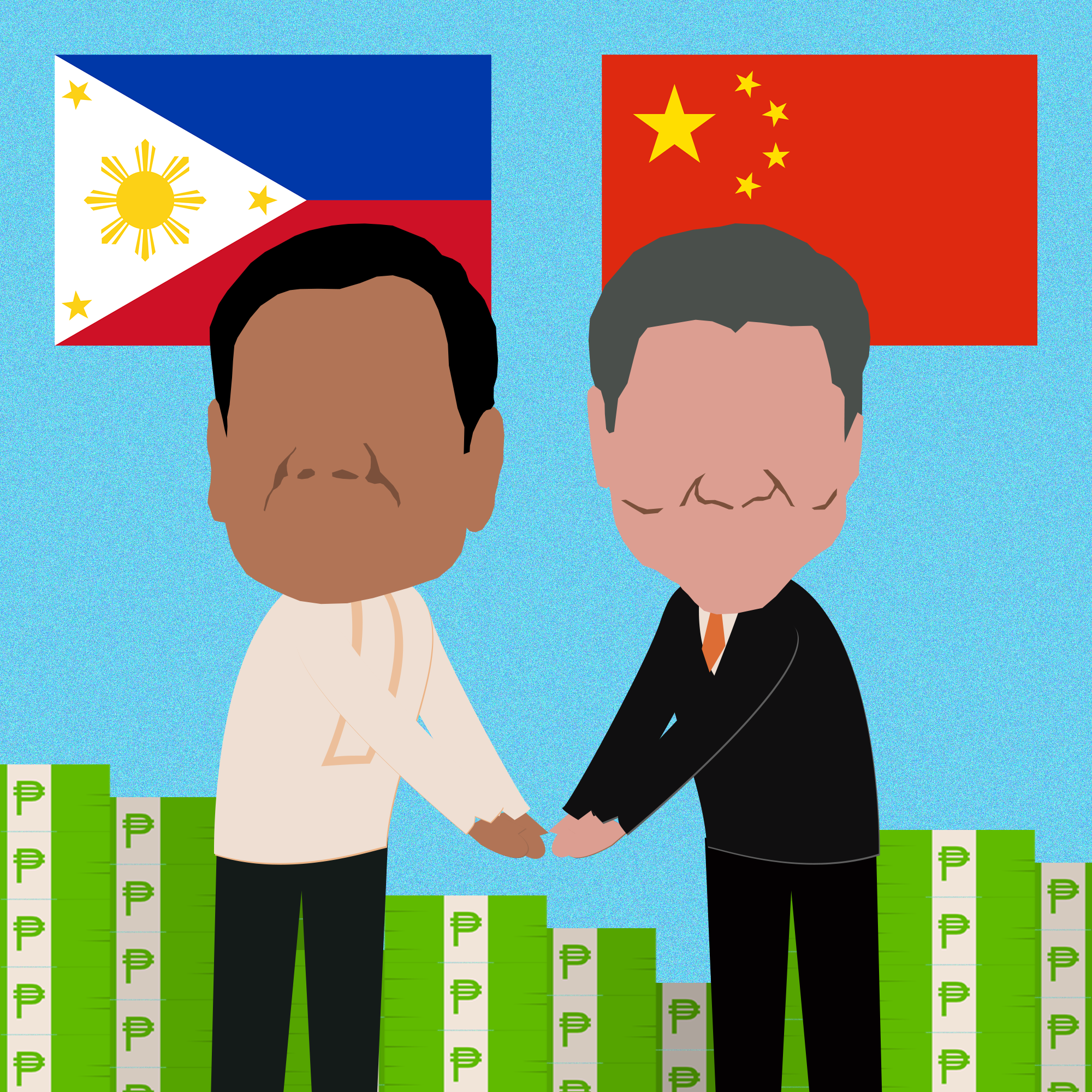The “upper-middle income” country status that the Duterte government is hoping to achieve this year is just a number, research group IBON said. Even if reached, this is an empty achievement amid the weakest economy and worst joblessness in decades and will just reflect the prosperity of an elite few. These are problems that the next administration has to have a comprehensive plan to fix, said the group.
The National Economic and Development Authority (NEDA) said that the Philippines is on track to go from its current low-middle-income country status to upper-middle income status by the end of 2022. NEDA chief Karl Kendrick Chua explained it to mean “living without poverty and having equal opportunities to succeed”.
IBON however pointed out that this is a mere statistical computation that the country’s gross national income (GNI) per capita, or economic output divided by the population, is within the range for an upper-middle income economy as classified by the World Bank. The World Bank set this at between $4,096 and $12,695 in 2020.
Weak economy
But even if the Philippines meets the requisite minimum, this will be while agriculture and manufacturing are treading their lowest shares of the economy in over 70 years.
Agriculture has fallen from 40.4% of gross domestic product (GDP) in 1946 to only 9.6% in 2021. Agricultural sector growth averaged just 1.2% annually in 2017-2021 which is less than one-third of the 3.8% historical average since the 1940s.
Meanwhile, manufacturing fell to 18.6% in 2020 which is the smallest it has been since its 18.1% share in 1950. Although this increased to 19.2% in 2021, this is still far below the 29.1% peak in 1974 and the general trend remains steady decline over decades. Manufacturing growth of 8.6% in 2021 is also likely merely rebound-driven and will be short-lived. To recall, the sector’s growth was slowing before the pandemic from 8% in 2017 to 5.1% in 2018 and 3.8% in 2019, before contracting by 9.8% in 2020.
Jobs in crisis
IBON added that so-called upper-middle income status is incongruous while millions of Filipinos suffer joblessness or poor-quality work.
Unemployment has greatly increased under the Duterte administration and will not be resolved in 2022. Unemployment grew by a huge 1.3 million from 2.4 million in 2016 to 3.7 million in 2021, which is the largest increase among all post-Marcos administrations.
The number of employed Filipinos is reported to have grown by three million from 41 million in 2016 to 44 million in 2021. However, this is overwhelmingly in informal or temporary and low-paying work, the group stressed.
Looking at employed by hours worked, a huge 95% of the net increase in employment is of merely part-time workers who accounted for 2.8 million. There is barely any increase in full-time workers.
A large part of these part-time workers is likely in informal self-employment. Some 925,000 or 31% of the net increase in employment are own account workers, which increased to 13.4 million in 2021.
This widespread joblessness is driving poverty, IBON said. The official number of poor families grew from 4 million in the first semester of 2018 to 4.7 million in the first semester of 2021. The number of poor individuals meanwhile grew from 22.3 million to 26.1 million over the same period.
As it is, there are some 18 million poor and vulnerable families nationwide with low incomes and no savings. The government is tries to hide or at least distract from this reality by hyping the Philippines about to become an “upper-middle income” country, IBON stressed.
Inequality
IBON said that increasing GNI per capita is not benefiting ordinary Filipinos because the gains are concentrated in a few families and their corporations. Statistical upper-middle income status is due to relatively rapid economic growth since the 2000s.
It is however conspicuous that the net worth of the top 40 richest Filipinos grew from the equivalent of 13% of GDP in 2006 to 20% in 2021, indicating a worsening concentration of economic power. IBON also noted that this includes their wealth jumping 30% in 2021 amid growing poverty and unemployment.
IBON clarified that this underdevelopment despite looming “upper-middle income” status is the inevitable result of narrowly profit-driven market-oriented neoliberal policies. These are what caused agriculture and manufacturing to decline, and what keeps government policies so biased for big local and foreign businesses rather than the poor majority, said the group.
IBON cautioned against making too much of GNI or GDP per capita as indicators of development. The group said that the government should instead look at the extent to which its policies are genuinely improving people’s lives with steady jobs, decent incomes, and free or affordable social and public services. These will only be achieved with real agricultural development, national industrialization and transformative social policies, said IBON, which is what the people should constantly demand from the Duterte administration and the next to come.






